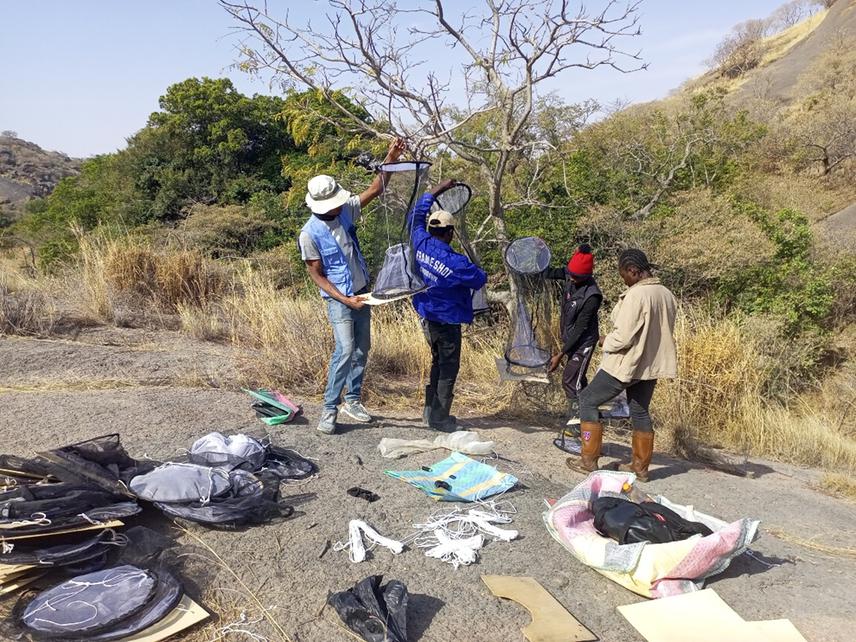Joseph Izang Ibrahim
Historically, biodiversity conservation has mainly focused on flagship species and charismatic megafauna. The IUCN Red List now includes comprehensive assessments for mammals, birds, and amphibians, with assessments for reptiles and fishes ongoing. Despite accounting for the majority of known biodiversity, only a few invertebrate taxa have been assessed. Butterflies are generally regarded as the most widely monitored invertebrate group, yet are globally far from being comprehensively assessed under the IUCN Red List criteria. This is primarily due to a lack of information to make a full assessment. As a result, there is a need to intensify butterfly research and conservation efforts at local levels, pique people's interest in butterflies and build capacity for butterfly monitoring. Butterflies are generally referred to as flagship species for insects, they are popular among naturalists and citizen scientists, and coupled with their roles as indicators of environmental health, they would be an excellent group to develop a red list for.

Team members getting pop-up butterfly traps ready for fieldwork.
The Jos Plateau ecological zone is a poorly known, yet endemic-rich ecoregion with huge potential for further discovery. While previous research has focused on the Plateau’s endemic vertebrate fauna the region is also known to have three endemic butterfly taxa. In spite of this, no concerted effort has been made to understand the ecology and the population of Plateau’s endemic butterflies or to establish what the main threats to their continued survival are. Our project will equip a diverse group butterfly enthusiasts and students in the natural sciences on the Jos Plateau with the skills needed to begin butterfly monitoring work. Our project will identify key areas of high butterfly species abundance and endemism and take the first step to produce comprehensive data on the population indices, habitat associations, behaviour, and possible threats facing the three endemic butterfly species - Charaxes chevroti, Alaena exotica, and Mylothris josi on the Jos Plateau. Our project will be the first step towards a broader red list for endemic butterflies of Nigeria by providing data on population indices of local species, threats to their persistence, and keeping records of the life history traits.
Header: Joseph Izang Ibrahim and interns checking pop-up butterfly traps in Amurum Forest Reserve.